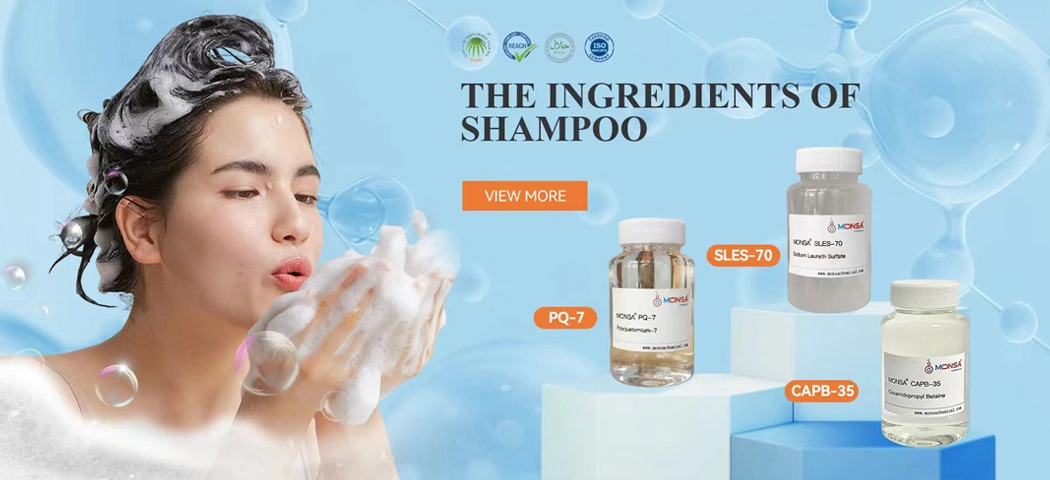 Thickeners in cosmetics are vital additives, and by judiciously choosing their type and concentration, one can enhance the rheological properties of cosmetics, improving viscosity, texture, and stability, thereby enhancing the overall user experience.
Thickeners in cosmetics are vital additives, and by judiciously choosing their type and concentration, one can enhance the rheological properties of cosmetics, improving viscosity, texture, and stability, thereby enhancing the overall user experience.
Based on the classification methods for cosmetic raw materials, thickeners can be categorized across various dimensions, including source, chemical structure, and functionality.
Classification by Ionic Nature of Thickeners:
Ionic Thickeners: Examples include carboxymethyl cellulose sodium, alginic acid, and starch.
Nonionic Thickeners: Such as hydroxypropyl starch, propylene glycol detergent alginate sodium, and others.
Classification by Source of Thickeners:
Natural Thickeners: Encompassing plant-based thickeners, animal-derived thickeners, enzyme-treated thickeners, and microbial thickeners.
Synthetic Thickeners: Including modified cellulose, modified starch, xanthan gum, and polyacrylate copolymers.
Classification by Chemical Structure and Composition of Thickeners:
Polysaccharide Thickeners: Such as cellulose derivatives, starch derivatives, alginates, and pectins.
Polypeptide Thickeners: Examples include casein, gelatin, and sodium caseinate.
Classification by Relative Molecular Weight of Thickeners:
Low Molecular Weight Thickeners: Like fatty alcohols, inorganic salt thickeners, ether thickeners, fatty acid thickeners, amine oxide thickeners, amide thickeners, ester thickeners, etc.
High Molecular Weight Thickeners: Such as cellulose derivatives, polyurethane thickeners, inorganic thickeners, natural gum thickeners, polyacrylic acid thickeners, polyethylene glycol thickeners, etc.
This article introduces the thickening mechanisms and general usage of several thickeners to assist formulators and engineers in the rational design and selection of ingredients in cosmetic formulations.

Common Thickeners and Mechanisms:
Sodium Chloride Benzalkonium Chloride (INCI: Sodium Chloride)
Gelatin (INCI: Gelatin)
Carbomer (INCI: Carbomer)
Hydroxypropyl Methylcellulose (INCI: Hydroxypropyl Methylcellulose)
Acrylates/C10-30 Alkyl Acrylate Crosspolymer (INCI: Acrylates/C10-30 Alkyl Acrylate Crosspolymer)
Sodium Carboxymethyl Cellulose (INCI: Sodium Carboxymethyl Cellulose)
Methylcellulose (INCI: Methylcellulose)
As rheological research in cosmetics becomes more prevalent, thickeners play a crucial role in altering the rheological properties of cosmetics. Although a wide variety of thickeners are currently in use, each with its own set of performance characteristics, improvements in performance and a shift towards natural sources are potential future directions for thickeners. For example, Kahlwax has recently introduced Aristoflex Eco T, a biodegradable rheology modifier.






 Thickeners in cosmetics are vital additives, and by judiciously choosing their type and concentration, one can enhance the rheological properties of cosmetics, improving viscosity, texture, and stability, thereby enhancing the overall user experience.
Thickeners in cosmetics are vital additives, and by judiciously choosing their type and concentration, one can enhance the rheological properties of cosmetics, improving viscosity, texture, and stability, thereby enhancing the overall user experience.



